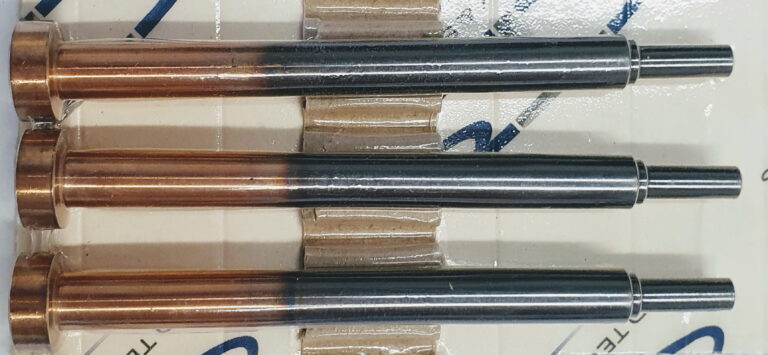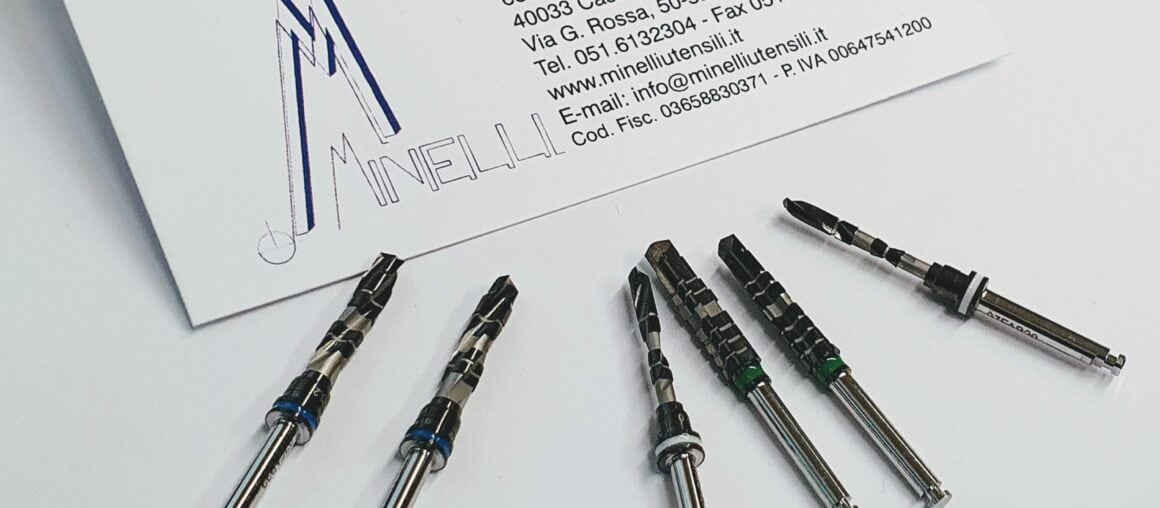Coating:
what is it for and how to use it?
Coating technology has steadily evolved in terms of materials and techniques since its introduction in the ‘70s.
What is the purpose of coating?
The coating of special tools allows to add a micrometric layer of hard elements (e.g., titanium nitride, carbonitrides of titanium and alumina, DLC, carbon, diamond) in order to lend greater surface hardness to the cutting wedge and an improvement in the state of the surfaces to facilitate the sliding of the chip.
Coating is most effective when the tool substrate is harder and uniform. Elements and methods of contribution depend on the materials which have to be processed and on the tool material.
What are the main benefits of coating?
- Increased tool life (protection of the substrate against wear, abrasion, and corrosion)
- Reduced manufacturing time and costs (due to improved chip removal)
- Reduced use of lubricant
- Reduced downtime for maintenance
More appropriate is the choice of coating technique, more significant are the performance improvements. The technique choice must take into account the processed material, the material and shape of the tool and the working conditions.
Coating: YES or NOT?
The benefits of special tools coating are many, but it is an additional processing and the extra-cost does not always justify its use.
We DON’T recommend coating if:
- The tool is not particularly hard.
- The tool does not have a properly deburred and honed cutting edge.
- Tempering of the material after hardening should not be lower than 500 C° in order not to affect the final hardness.
We STRONGLY recommend coating if:
- It is needed to increase the durability of the cutting edge in presence of hard materials.It is necessary to decrease the formation of the carryover cutting edge.
- In implant dentistry, the black DLC coating not only makes the tool more biocompatible and resistant to wear, but also improves contrast by making depth markings more identifiable, thus reducing the risk of parallax errors.


